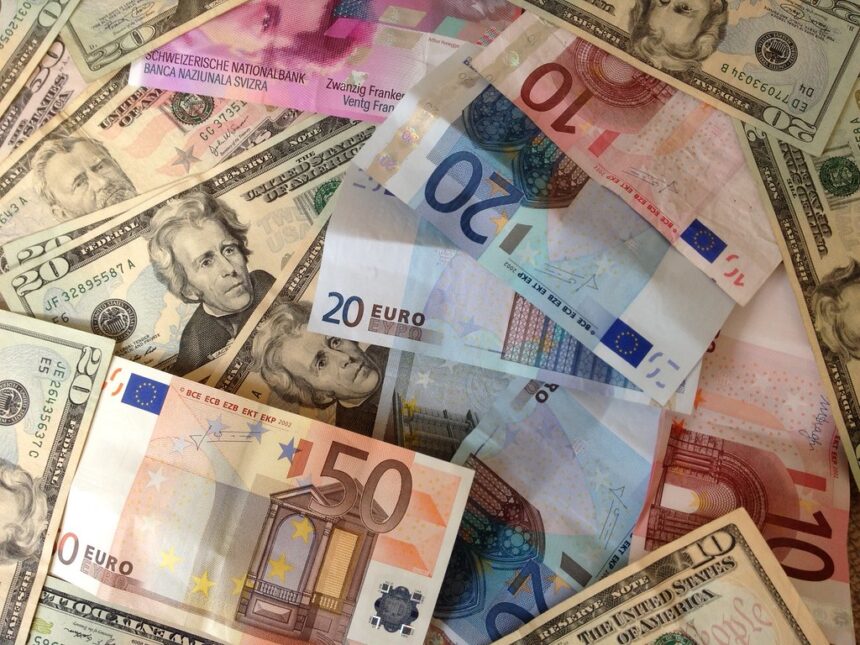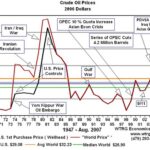The US Dollar Index (DXY), which measures the value of the US dollar, fell more than 2 percent on Thursday. This was its biggest single-day drop in over two years.
As traders reeled at President Donald Trump’s new tariff plans, which included a 10% base tariff on imports and higher tariffs for major trading partners, including China (54%), Europe (20%) and Vietnam (46%), the dollar dropped to its lowest level in six months.
This surprise decision sparked a strong reaction on global markets. It fueled fears of a recession and raised inflationary concerns for the US.
After the announcement of tariffs, traders increased their wagers on Federal Reserve rate reductions.
The market now expects three to four quarter-point decreases by 2025, as opposed to the three predicted earlier.
Investors are now worried about the slowing economy and increasing costs.
USD loses its safe-haven properties
Ray Attrill is the head of Foreign-Exchange Strategy at National Australia Bank. He said that the dollar did not benefit from its normal status as a haven.
He noted that “the dollar has lost its status as a safe haven and reserve currency due to the escalating US growth worries on tariff news, along with the further declines in US stock prices.”
George Saravelos of Deutsche Bank’s FX Research warned that tariffs could undermine confidence in the US currency and economy.
He said that the safe-haven qualities of the dollar were being undermined. This imposed a cost to unhedged dollars.
Saravelos warned that the sharp drop in dollar coupled with a fall in US stocks and an increase of US Treasury yields could indicate a rapid outflow of capital.
He added, “At the very end, the US currency depends on the capital flows for its stability.”
He argued that a disorderly drop in the value of the dollar could cause global market disruptions and prompt central bank intervention.
JPY strengthens against EUR
The Japanese yen soared by nearly 2% against dollars, a sign of increased demand for safe assets.
The yields on US Treasury 10-year notes also fell to the lowest level since October. This added further pressure on greenback.
In the European session on Thursday, the euro rose to 1.1145, a gain of more than 2 percent against the US dollar.
The global market is more vulnerable to a weaker dollar.
The European Central Bank, in particular, could intervene if there is a rapid decline of the US dollar.
Saravelos said, “The ECB does not want an external disinflationary surprise resulting from a decline in confidence in the dollar and a rapid appreciation of the euro in addition to tariffs.”
US Dollar Index Technical Analysis
FXStreet says that once the 101.90 area is broken, another “chunky” area will be opened up, with 100.00 as the target for the downside.
The Relative Strength Index is warning of an oversold condition in the daily chart. It may not be this Thursday but it could lead to a move lower in the next few days.
Source : FXStreet
The focus shifts from US employment data
The US Nonfarm Payrolls report (NFP), due to be released on Friday, is a key indicator for market participants as recession risk increases.
The Fed will base its next moves on the employment data.
ADP’s latest Employment Change Report showed that the private sector payrolls increased by 155,000, which is well over the 105,000 expected.
The Fed may be forced to make a difficult decision as it weighs the inflation risks against the possibility of an economic recession.
Investors brace themselves for more volatility as markets react to Trump’s new aggressive trade policies. Global economic stability is at stake.
The post US Dollar Index (DXY), plunges after Trump tariffs shakes market confidence, could it fall to 100? This post may change as the updates unfold.






